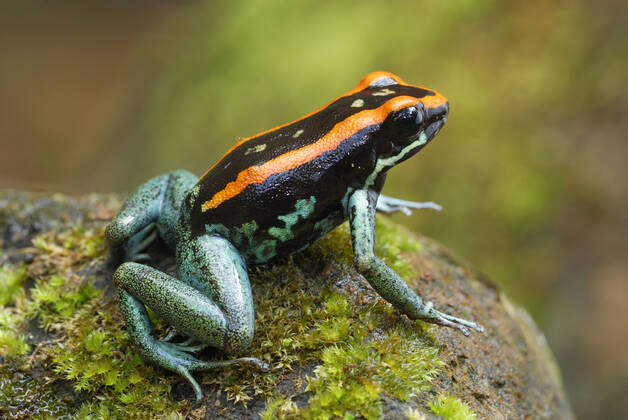Poison Dart Frog Vivarium
As a child, I was always on the hunt for an insect or reptile to bring home - eager to build a miniature world inside where I could observe it. As I grew older, my attempts became increasingly complex and lifelike, until at the age of 17 I found myself caring for multiple species of poison dart frogs in a 55 gallon self-sustaining vivarium.
There are dozens of sub-species of poison dart frogs. Native to Central and South America, they usually prey on select insects, giving them their unique toxins. In captivity, however, they are harmless.
I decided to house five distinct varieties. Of the Dendrobates Tinctoruis family: "Azureus", "Citronella", "Costa Green", and "Oyapock", in addition to Phyllobates Vittatus "Golfodulcean" Poison Arrow frogs. They eat a variety of small creatures, including pinhead crickets and fruit flies. This required some improvised breeding chambers to ensure I had enough food.

.jpg)